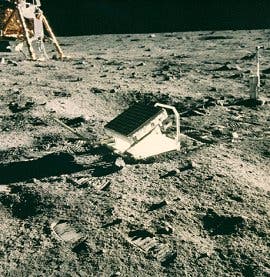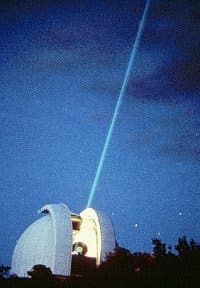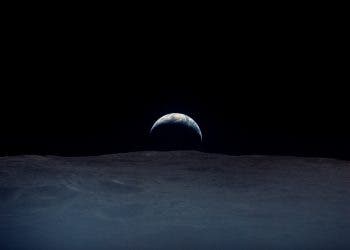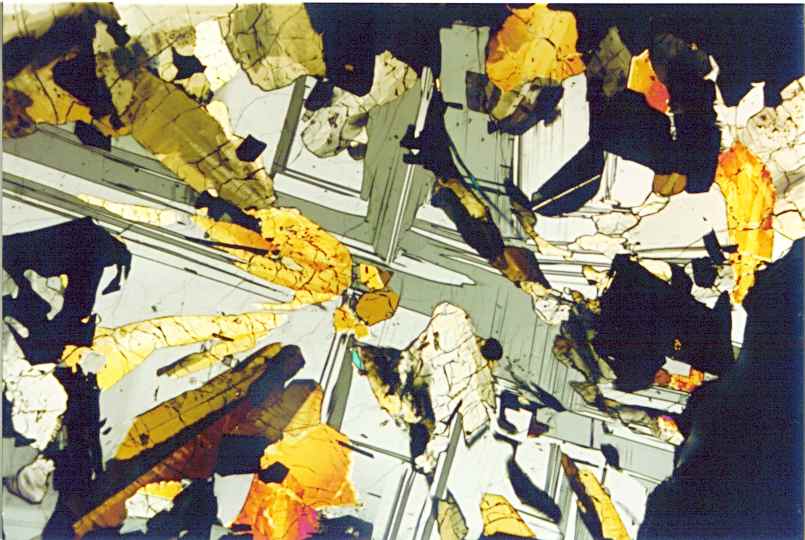Perhaps the most famous thing left behind on the Moon is a footprint, a boot-shaped impression in the moon dust, photographed and viewed by millions of people. If everything goes according to plan, in the future, many people visiting the Moon will look at it and refer to it as ‘the first’. But about 100 feet away, in the Sea of Tranquility, Armstrong left something more important, forgotten by most.

Here’s how it works, basically: a laser pulse shoots out of a telescope on Earth, travels the distance to the satellite and this the array. Because the mirrors are “corner-cube reflectors”, they send the pulse exactly where it came from, pretty much like hitting a squash ball in the corner of the room. Back on Earth, the pulse is recaptured, even though it usually consists of a single photon, thus giving an incredibly accurate estimate of the Earth-Moon distance, which is usually just a few cm bigger than 385,000 km.

- The Moon is spiraling away from the Earth at a rate of 3.8 cm per year
- The Moon has a liquid core
- The Universal force of gravity is really stable. Newton’s gravitational constant G has changed less than 1 part in 100-billion since the laser experiments began.
Physicists have also used this array to test Einstein’s theory of relativity, since before particle accelerators were a big thing, and so far, so good. All in all, just one piece of simple device, a mirror array, helped us learn so much, we just have to pay tribute to it, and the people who thought of applying this system.






